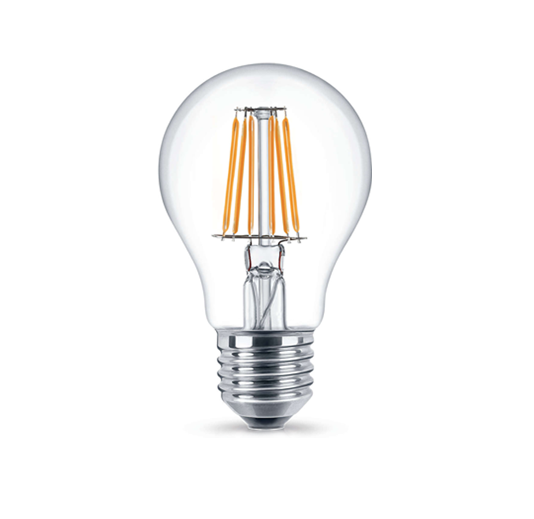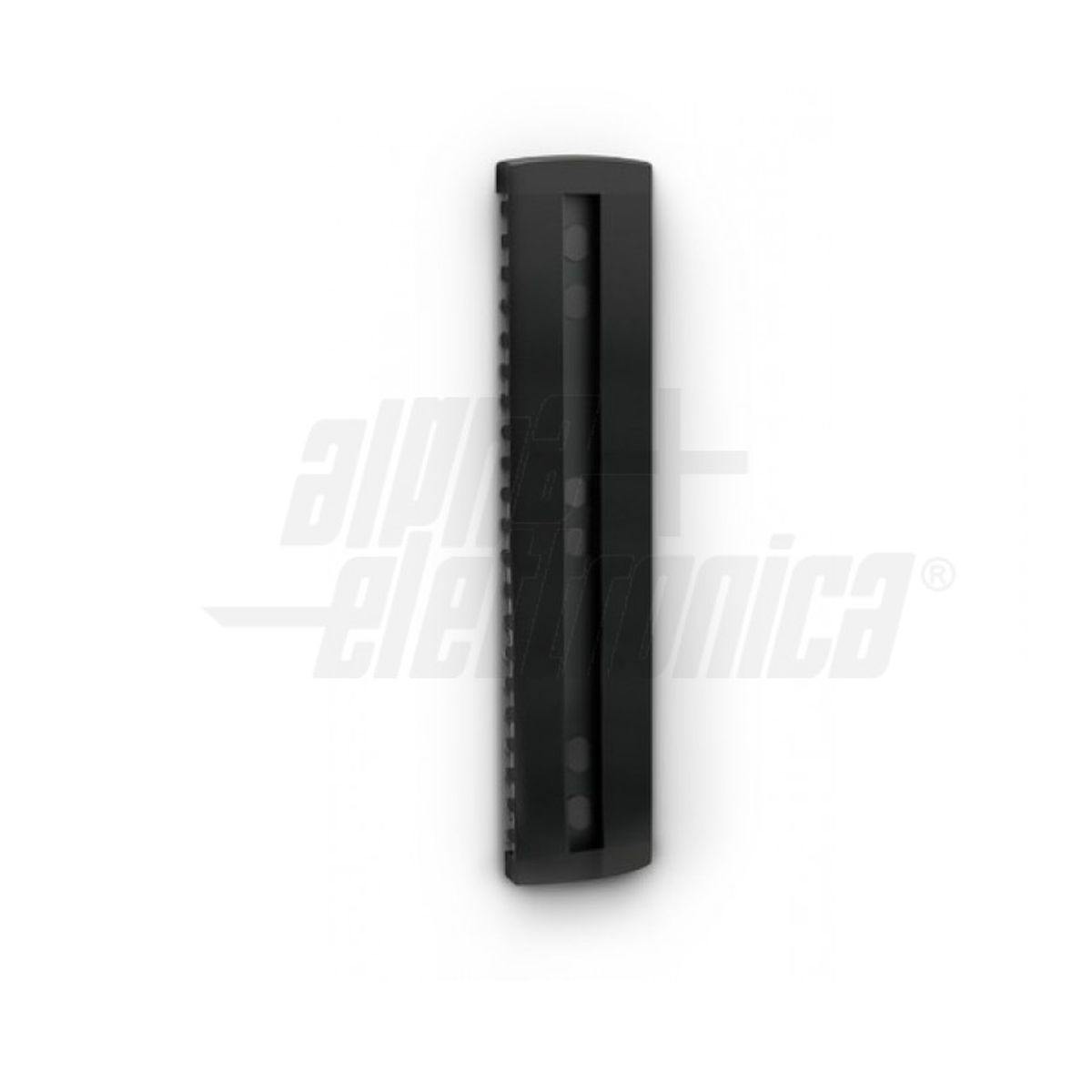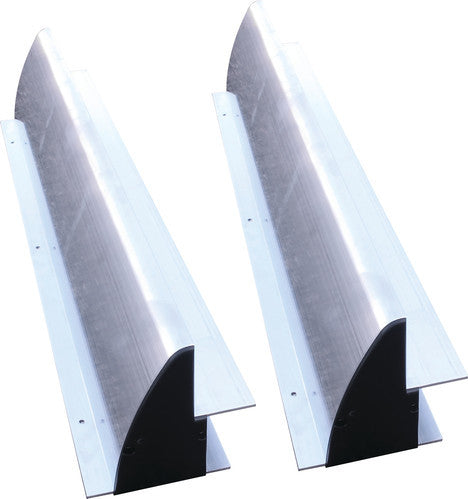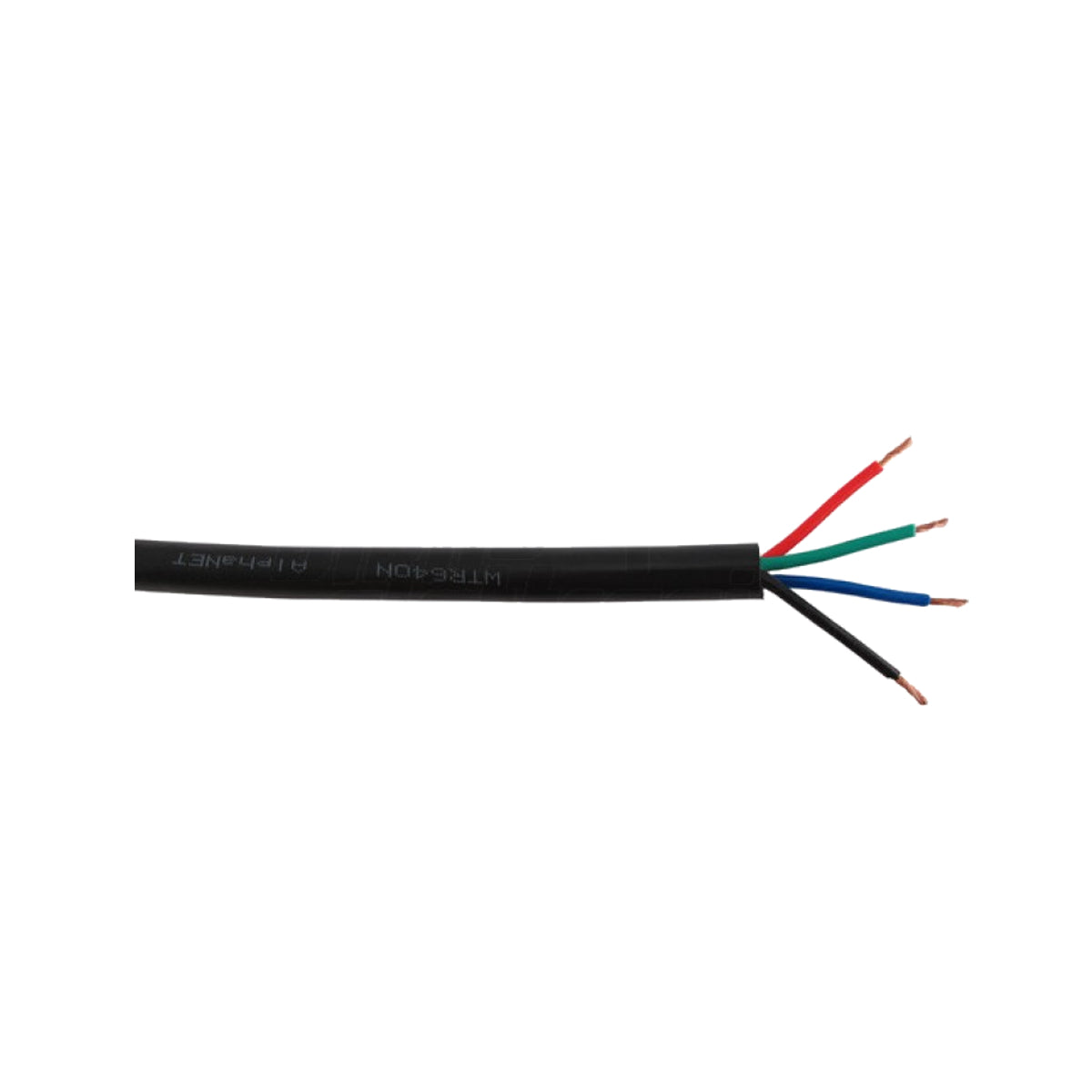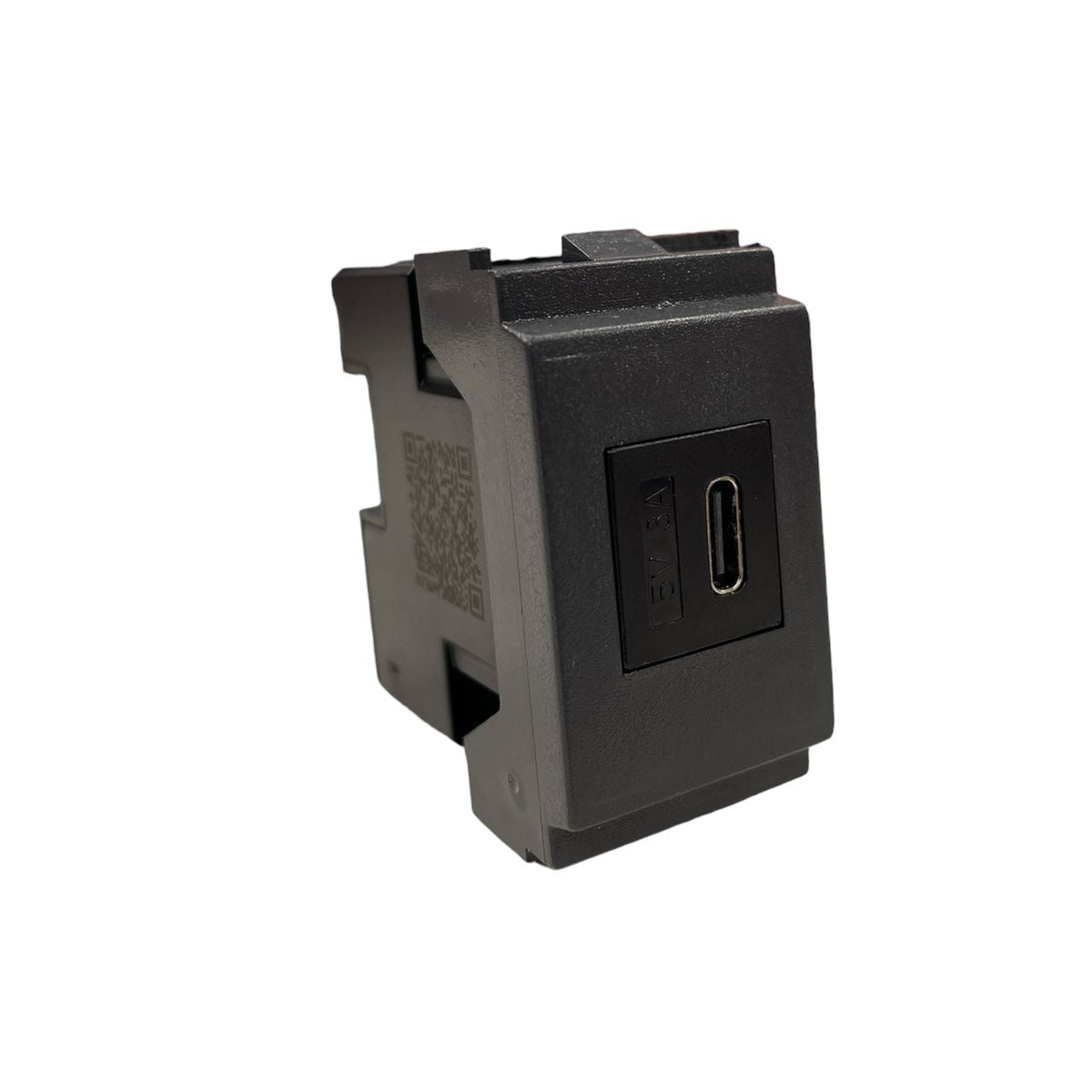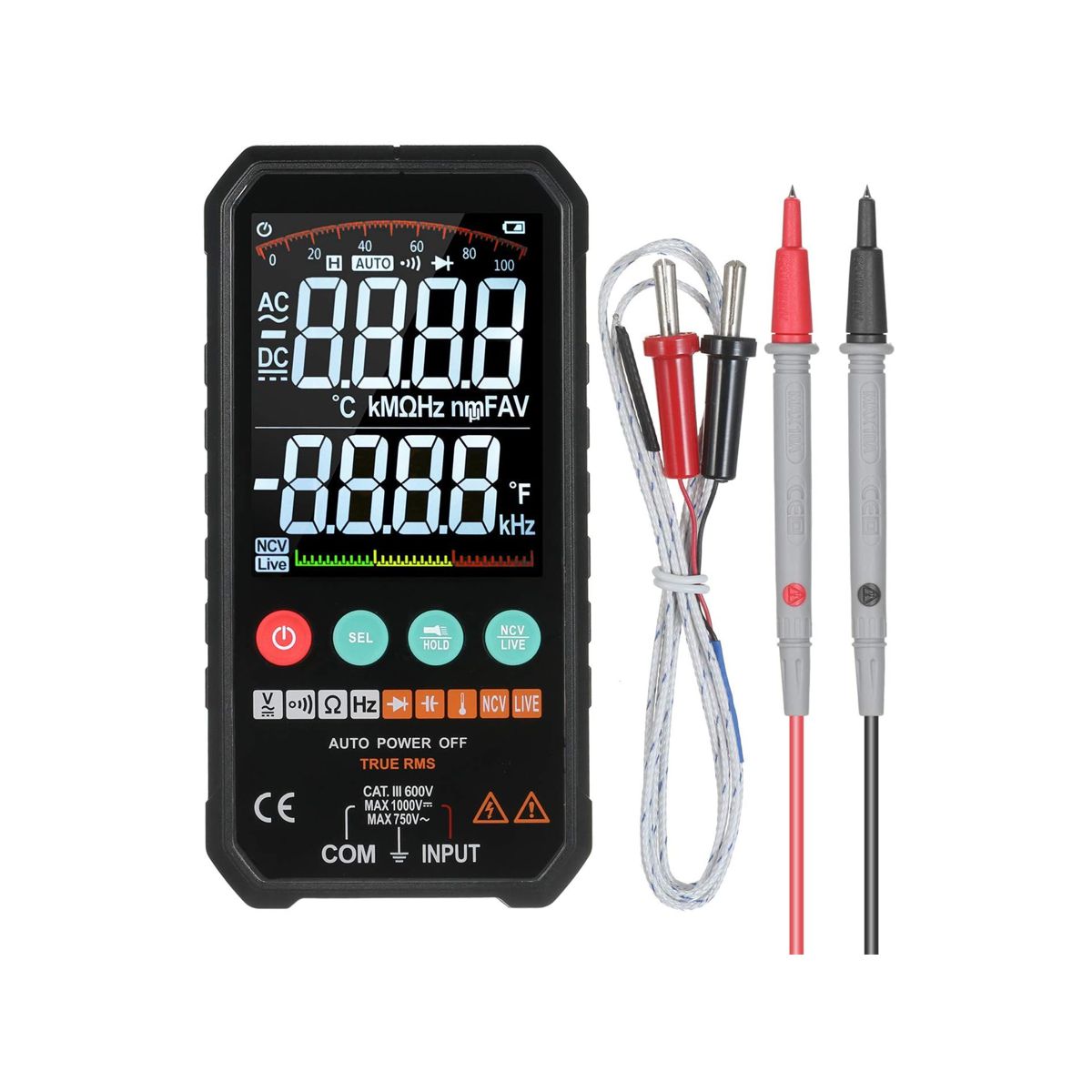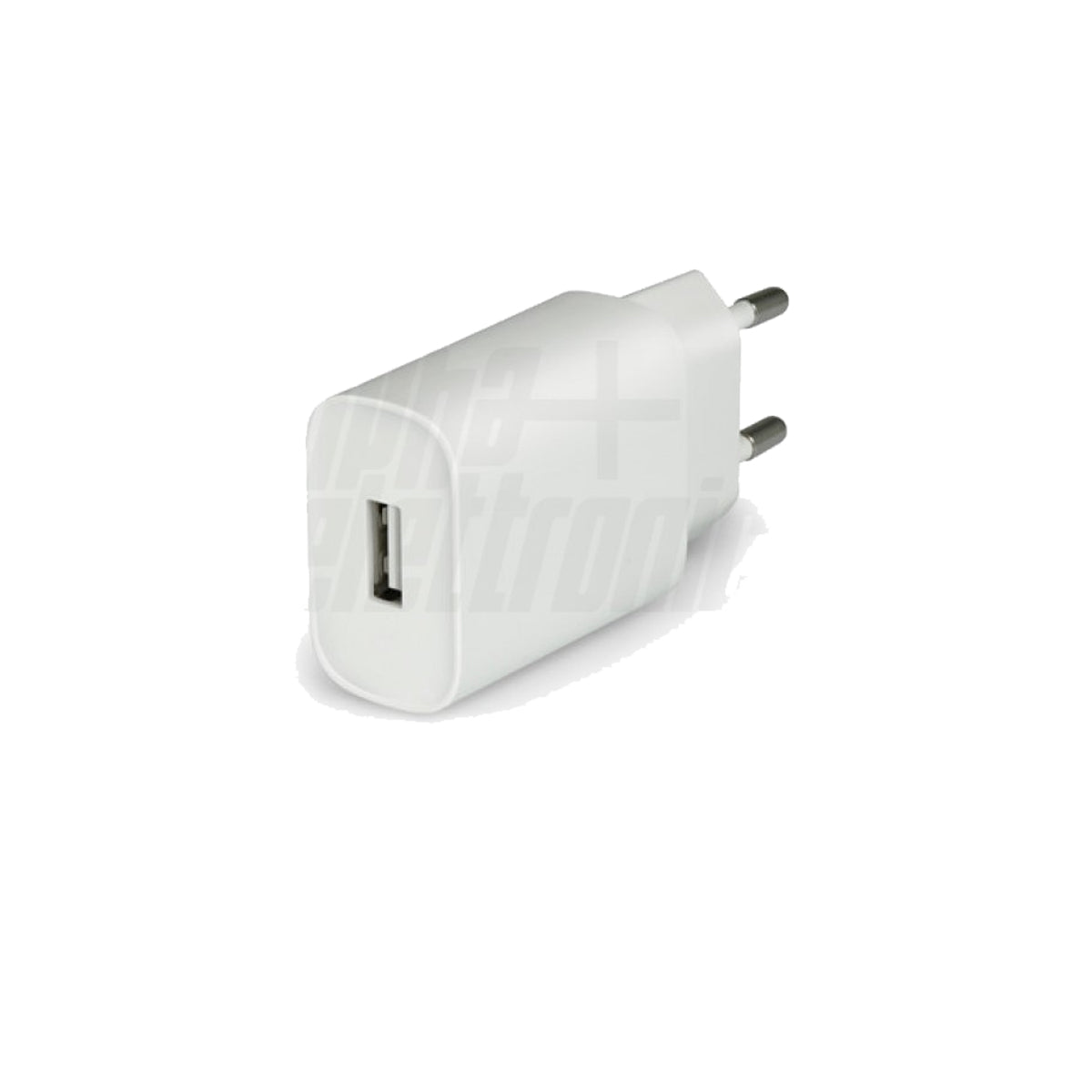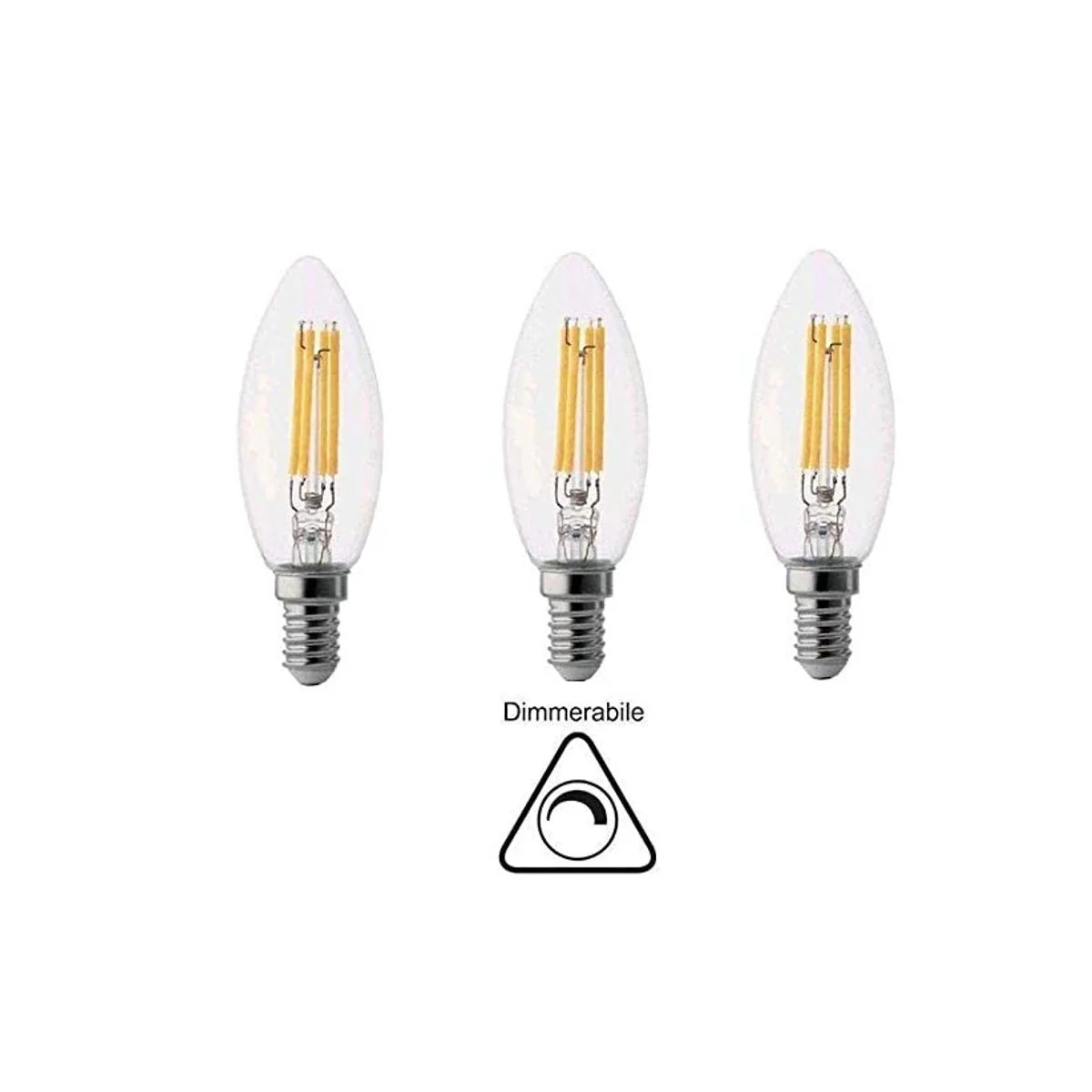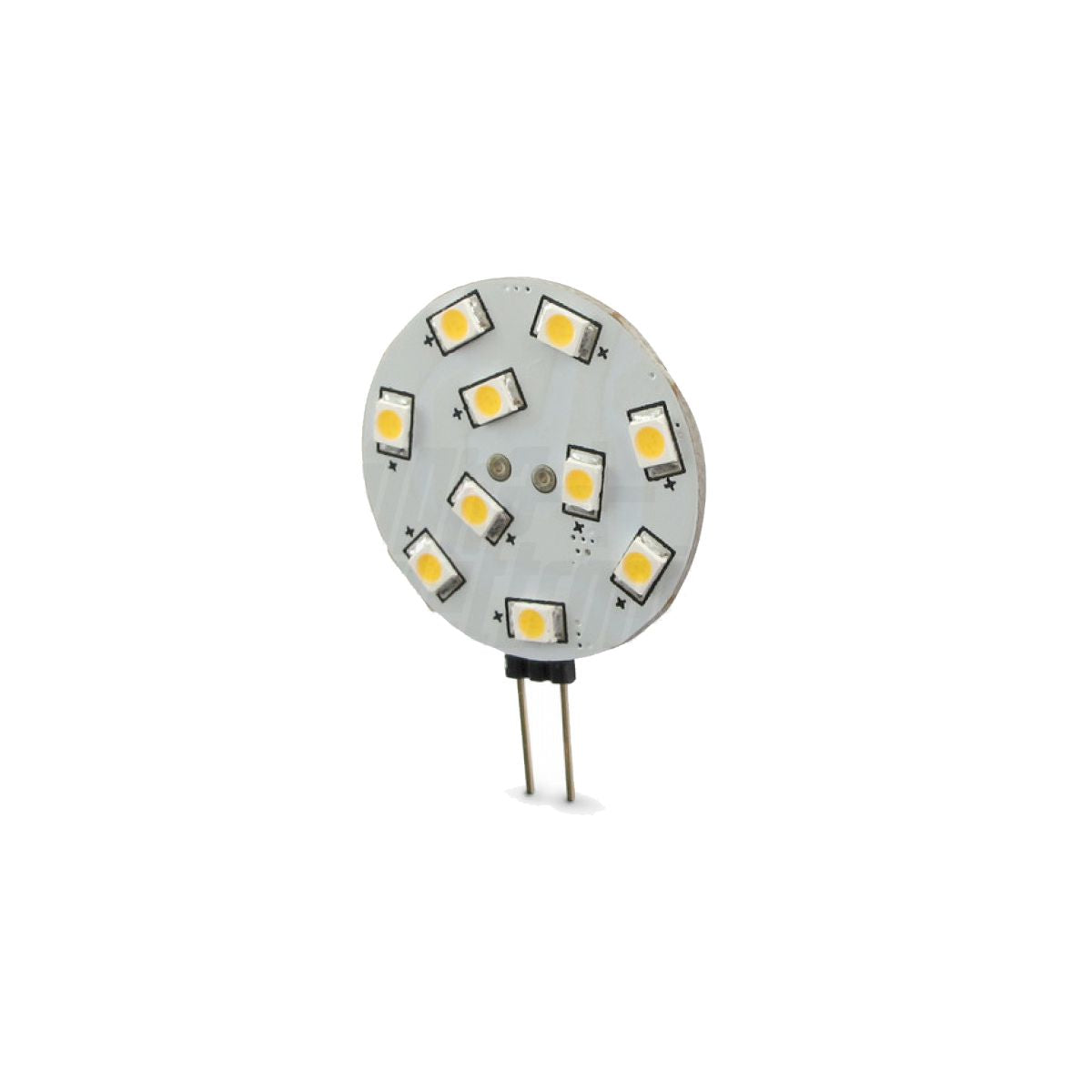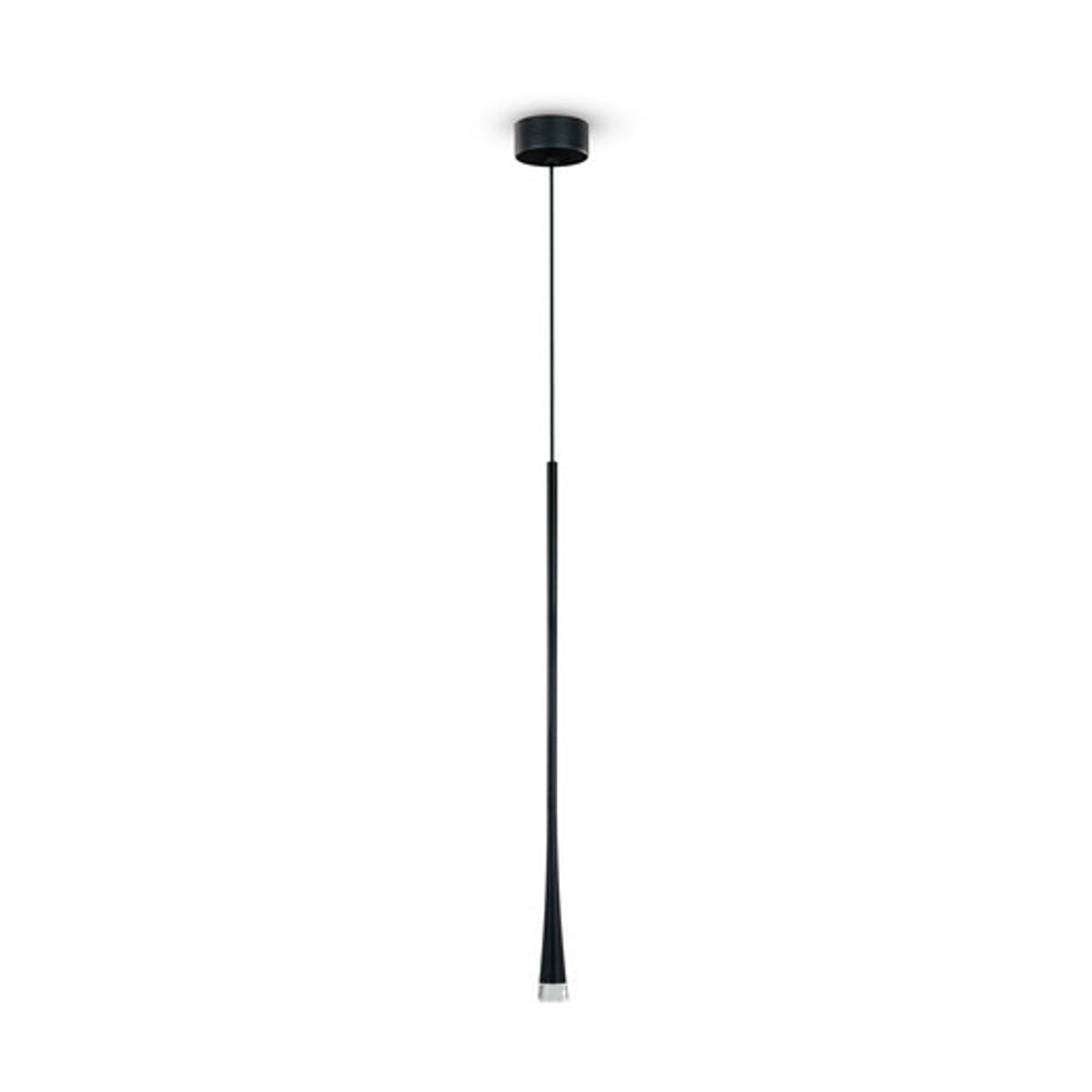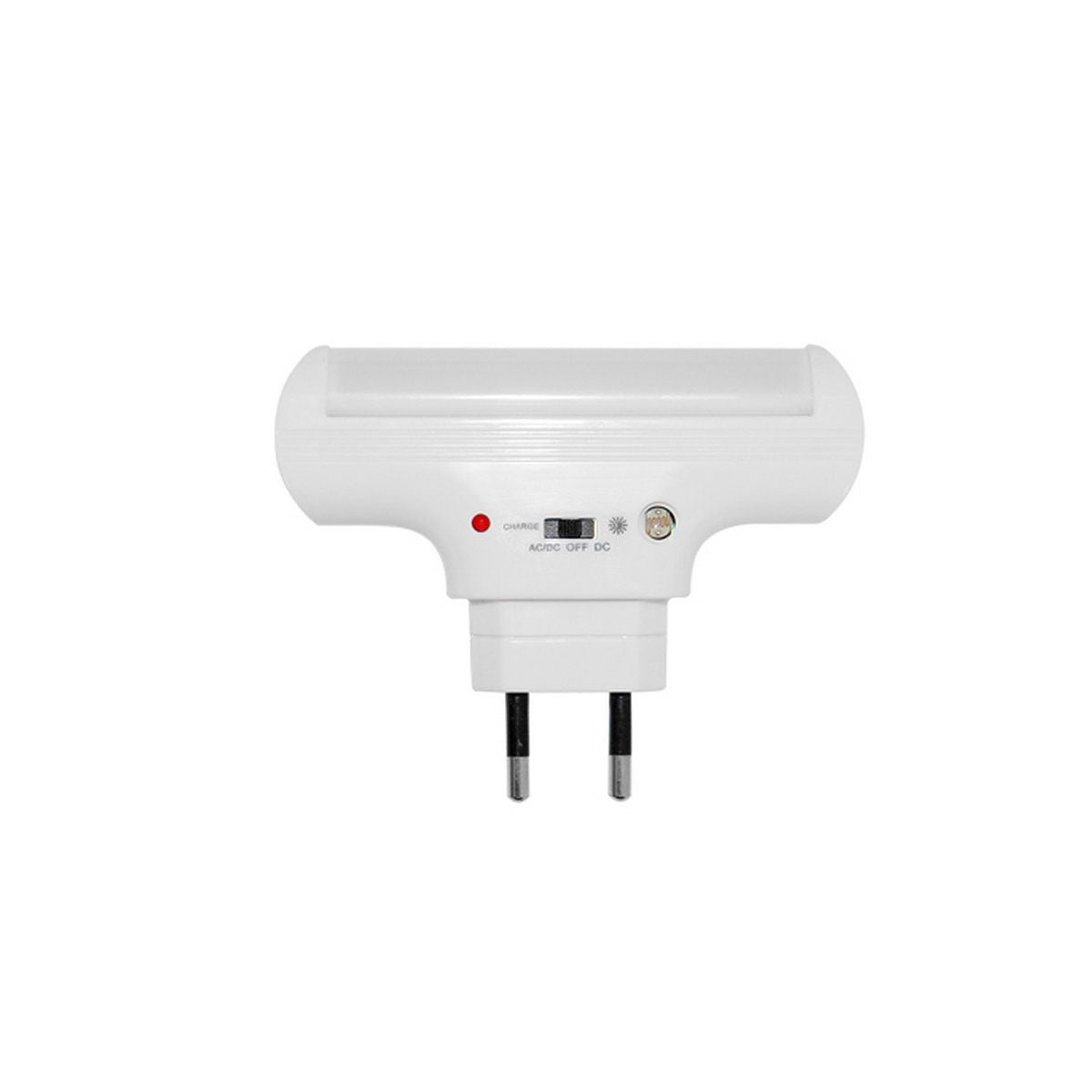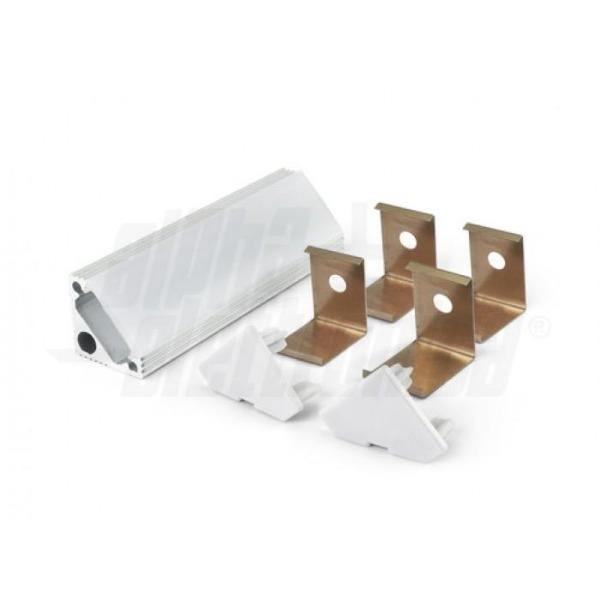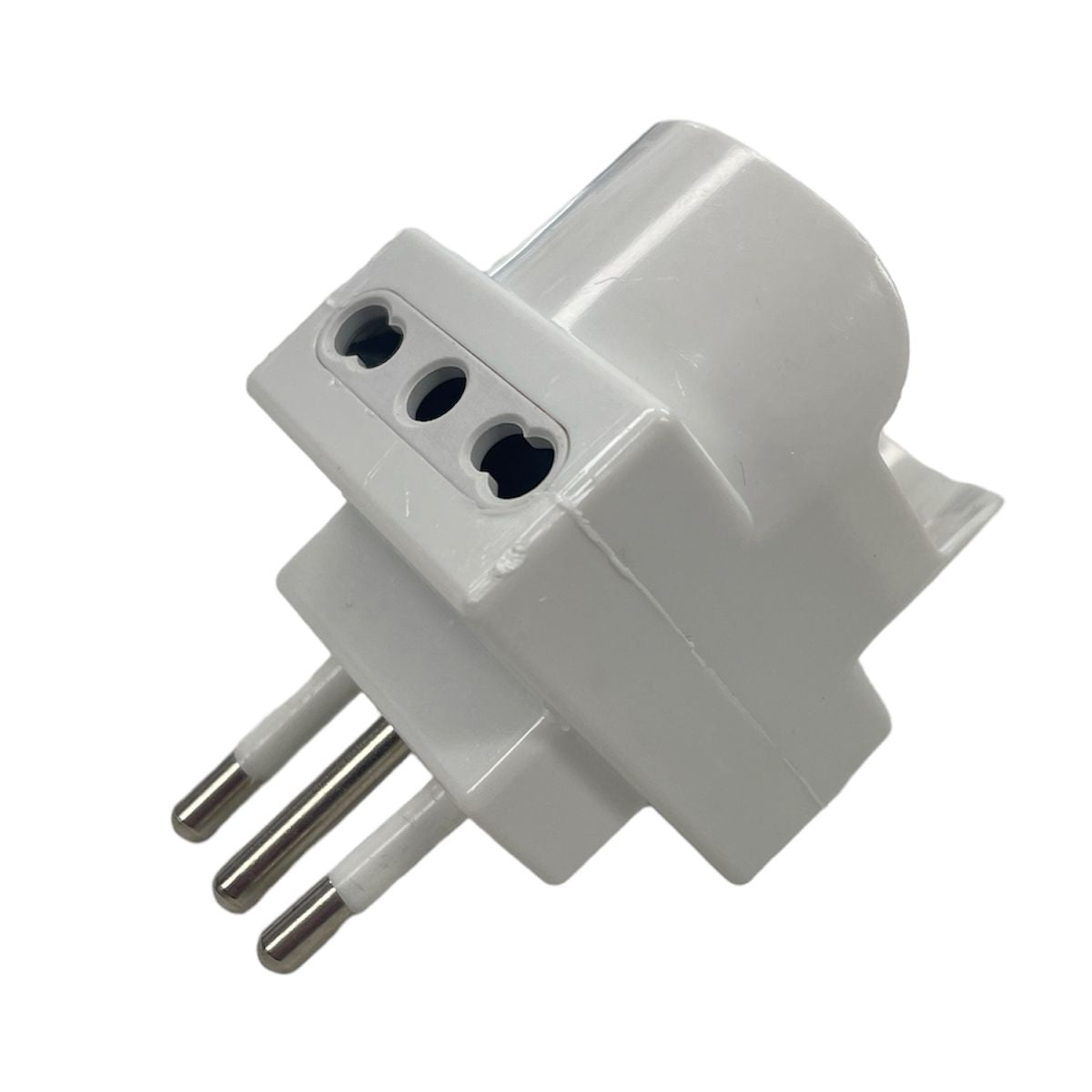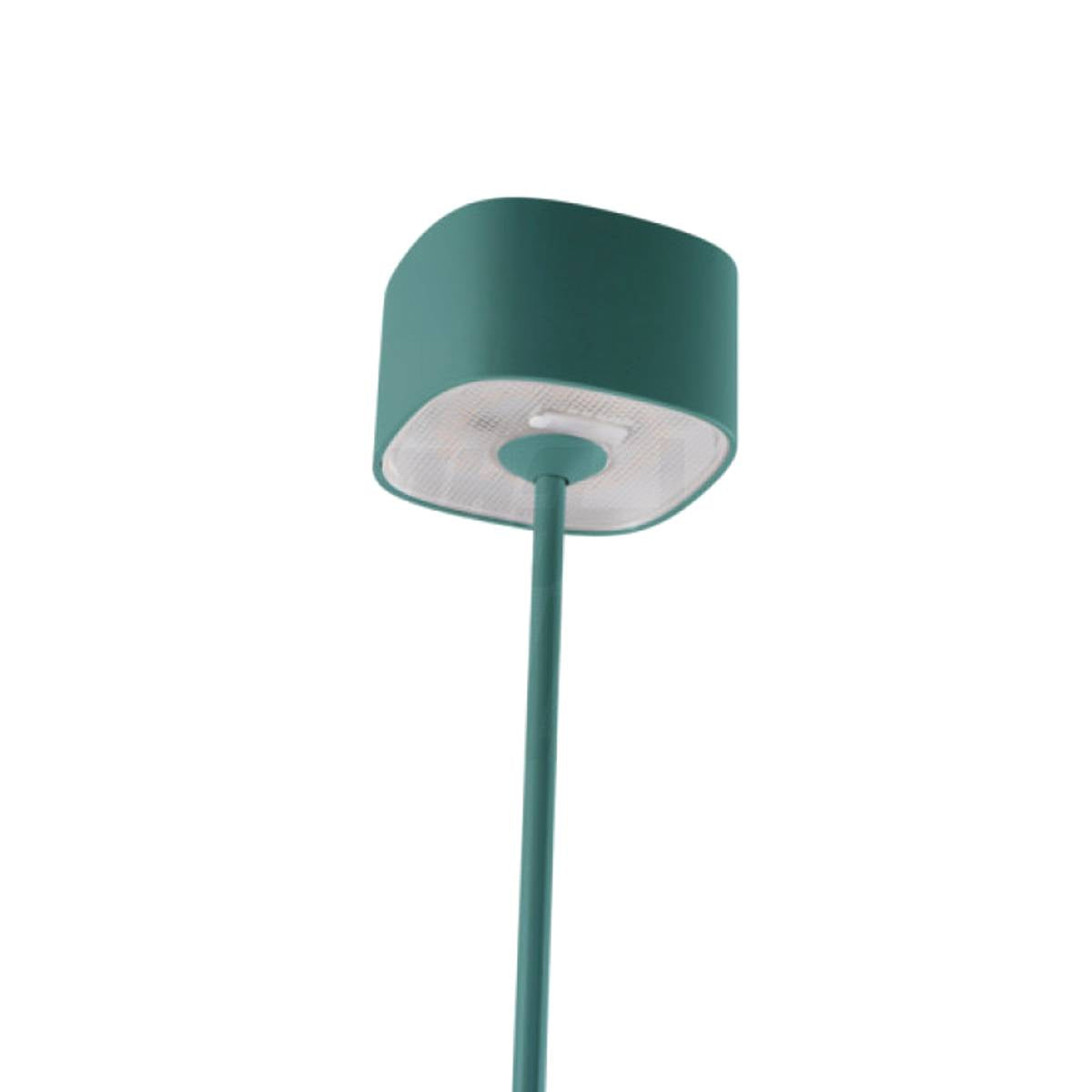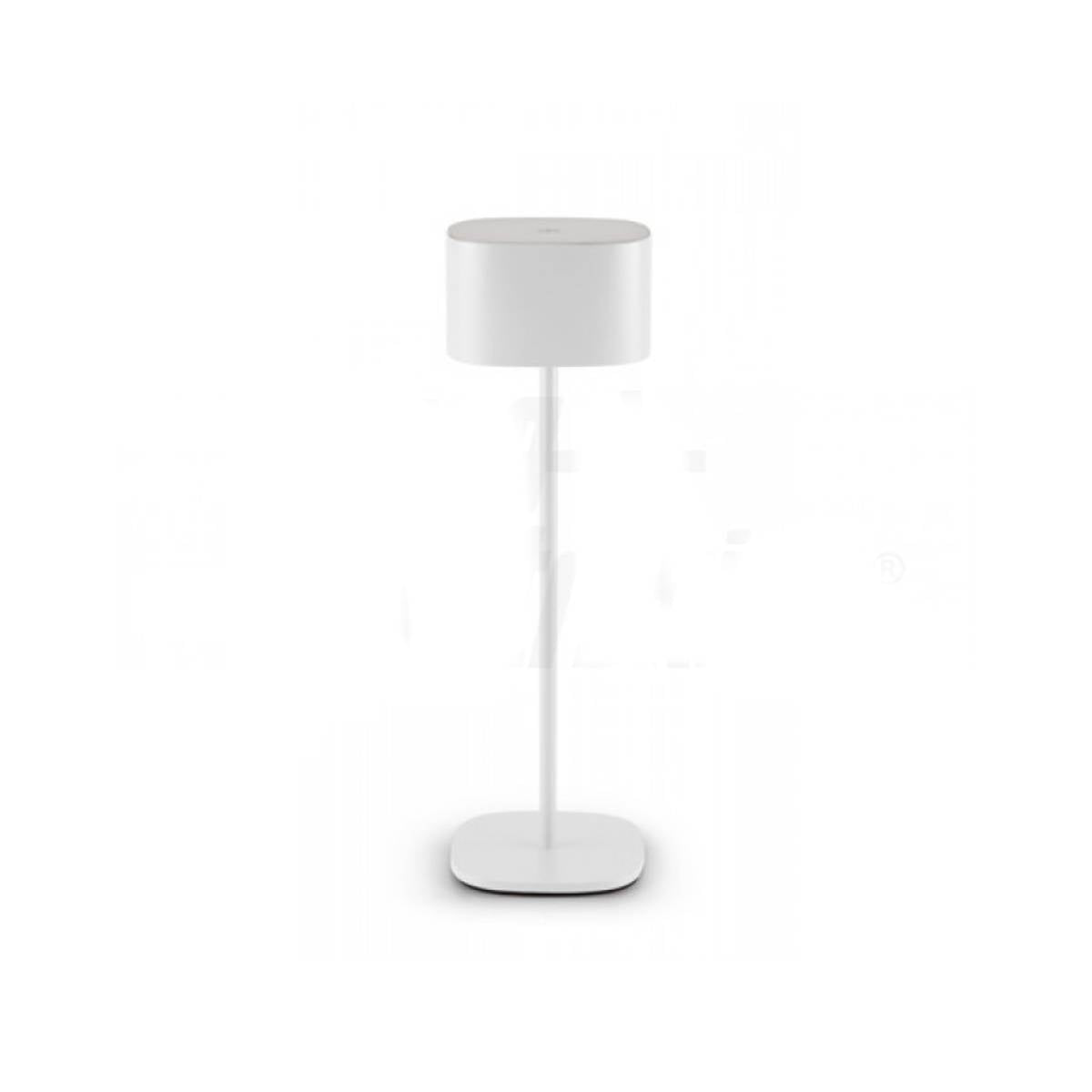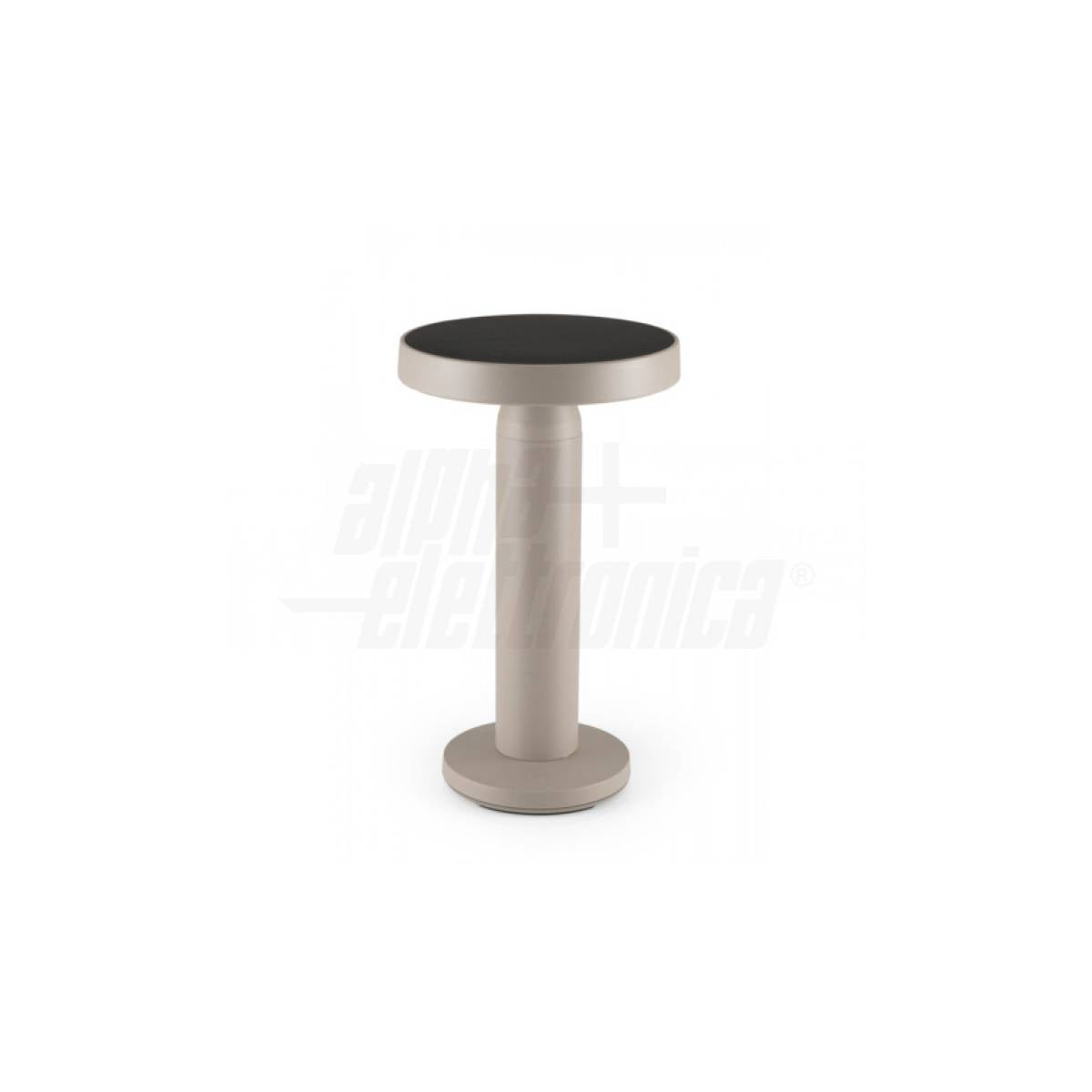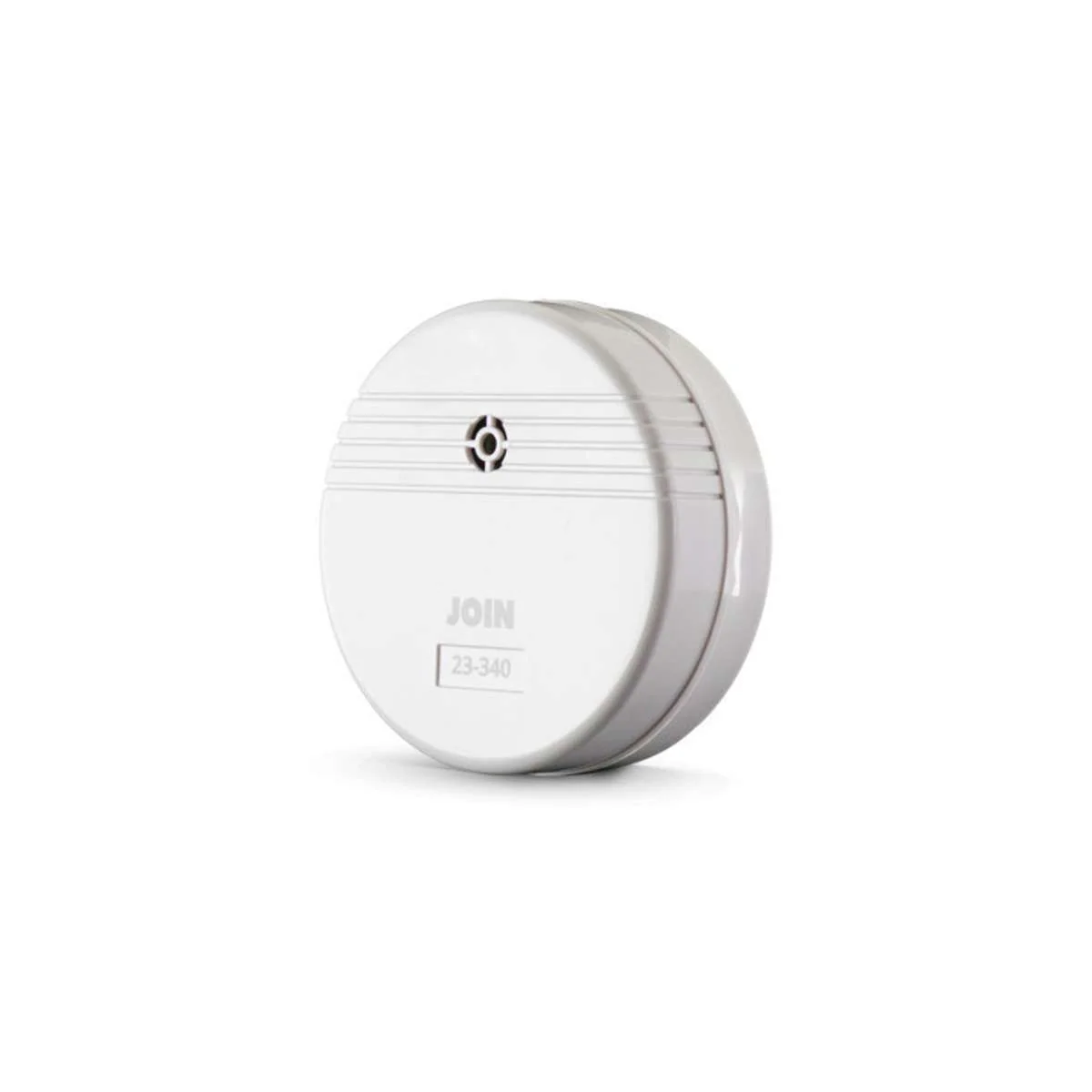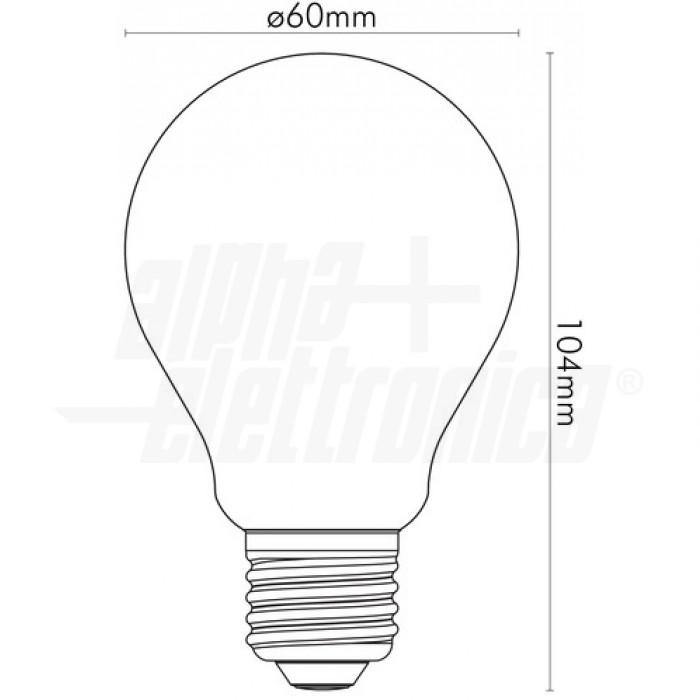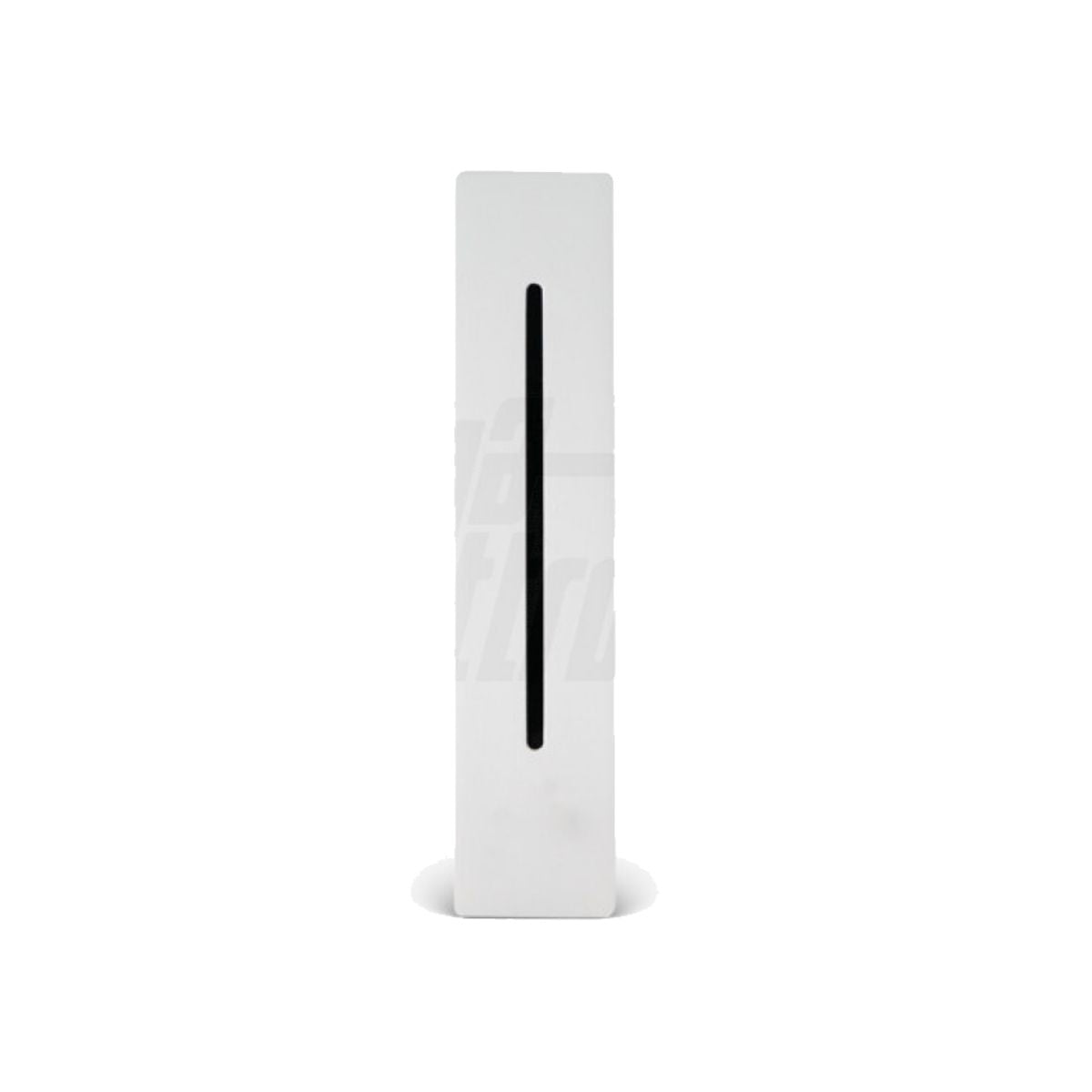Introduction to EDID
The acronym EDID (Extended Display Identification Data) is fundamental in modern display devices. It acts like an identity card for each device, allowing the devices to "get to know each other" and interact appropriately.
The Role of EDID in Display Devices
This is a series of structured data that facilitates communication between a screen (TV, video projector, PC monitor, etc.) and the connected video source. This information is crucial to allowing the source to identify screen capabilities, such as supported video resolutions and audio compatibilities.
Practical Implications of EDID
From this information, the source device determines the optimal audio signals and video resolutions to transmit, ensuring that the screen can reproduce them without problems.
The Communication Flow: DDC and EDID
EDIDs are transmitted between the source device and the display through the DDC (Display Data Channel), a series of digital communications protocols created by VESA (Video Electronics Standards Association). This system ensures that the information you need is always available for a plug-and-play experience.
Components of the DDC Network
Includes HDMI extenders, switches, cables, splitters, amplifiers, repeaters and converters. DDC compatibility across these connections is essential for proper system operation.
Common Problems and Solutions
If one of the connections in the chain does not support DDC, problems can emerge such as displaying incorrect sizes, positions or colors, or in extreme cases, no display of any image at all. Choosing EDID-compatible hardware is therefore crucial to avoid these drawbacks and ensure error-free signal transmission.
Explore Our Range of HDMI Splitters with EDID Support
To ensure your viewing experience is always top notch, discover our selection of HDMI splitters that fully support EDID. These devices are designed to maintain smooth and accurate communication between all components of your display system. Visit our catalog to find the perfect splitter for your needs and enjoy an unprecedented viewing experience.
Conclusion
EDID is an essential technology that ensures effective communication between video devices in a wide range of applications. Understanding and supporting DDC across all components of your network is critical to unlocking the full potential of modern display technology.
If you want further information or you need to assistance do not hesitate to contact us. Our team of experts is ready to help you choose the best solution for your needs, guaranteeing high quality results and maximum efficiency.
Visit our website or contact us directly to find out more about our innovative solutions and how we can turn your vision into bright reality.
- By email : Send your questions to info@oniroview.com and you will receive a detailed response to guide you in the best choice.
- By telephone : Call 095 2883005 for immediate support.
- On WhatsApp : Add our number 371 4250284 for a quick and personalized consultation.
- Chatting on our site : Visit the oniroview.com website and use the chat to communicate in real time with our specialists.
- Point of sale : if you are from Catania come and visit us in via Piave 17



